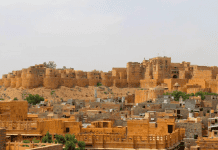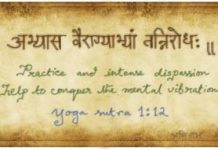There’s something about a new year that’s so exciting. Maybe it’s the casting away of the old and the excitement of a fresh, new beginning that gets us excited. For the orthodox Parsi community, however, there’s a lot more to it.
Pateti, as the Parsi New Year’s Eve is called, is a time of repentance and a time to reflect on one’s thoughts and deeds. It paves the way for a new beginning in the new year (the day after Pateti) called Nowruz that’s marked by celebrations. For many Parsis today, however, Pateti is used to mean Nowruz, as the day of repentance has largely been replaced by one of celebration.
The Parsi community in India typically follows the Shahenshahi calendar that doesn’t account for leap years, which is why new year’s day in India falls on August of the Gregorian calendar. Those who follow the Kadmi or ancient calendar celebrate it a month earlier. Elsewhere in Central Asia and Western Asia, it’s usually held on March 21st as they tend to follow the Fasli (seasonal) calendar. Despite the difference in timing, the essence remains the same.
If you are fortunate to live in cities with significant Parsi communities, step out of your home this Nowruz and see the festivities for yourself. Powdered chalk designs frame the threshold of homes while fragrant incense permeates the air inside. As it mingles with the scent of mouth-watering food, there’s a current of excitement and an anticipation of meeting friends and family. Kinship and community unite everyone as the new year begins.



















